On the Road Again
I am working on this blog post at Orlando Airport, waiting to board my early morning flight to Houston and then continuing on to Albuquerque. Then I drive down to Socorro to spend my 19th straight year photographing at one of my soul places. If you would like to join us at the last minute, see the Bosque IPT feature below.
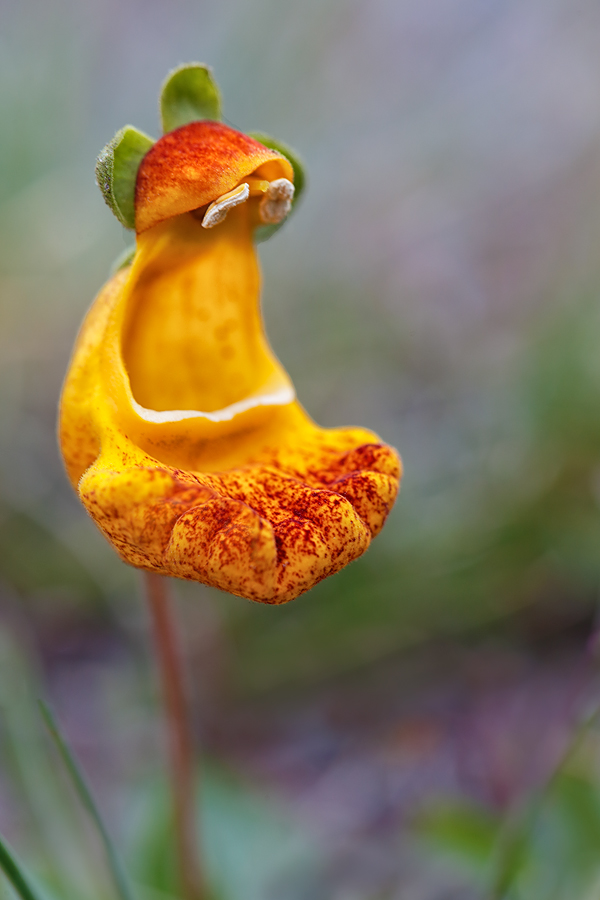
|
|
This Yellow Lady-Slipper image was created in Torres del Paine National Park, Chile with the hand held Canon EF 100mm f/2.8L IS macro lens and the Canon EOS 5D Mark III Digital camera body. ISO 400. Evaluative metering +2/3 stop: 1/40 sec. at f/5.6 in Av mode. I was really pushing things here trying to stay at ISO 400 and making images when the breeze stopped here and there. Central sensor/AI Servo Rear Focus AF on the bottom of the flower and re-compose. Click here to see the latest version of the Rear Focus Tutorial. Click on the image to enjoy a larger version. |
Nice to Have Along…
I have owned the Canon EF 180mm f/3.5L Macro USM lens seemingly forever, but unless I am doing a strictly flowers trip or know in advance that we will be working with captive herps it stays in Indian Lake Estates on a shelf in our air-conditioned garage. While I love the reach afforded by the 180mm focal length the 180 macro is simply too heavy to travel with. The Canon EF 100mm f/2.8L Macro IS USM lens on the other hand is light and small. It barely takes up any room at all in my Think Tank rolling bag or my X-trahand vest so it is easy to carry it into the field, or, if you will be working from your vehicle, to grab it when needed.
It was a cloudy morning at Paine. We stopped to make some scenic images but I was pretty much the only one interested. As I got back in the jeep I saw a splash of yellow on the otherwise seemingly barren ground just to the right of my right foot. “Who would throw a bottle cap on the ground in such a beautiful place?” I thought to myself. As I bent down to pick it up I realized that it was a flower, a very beautiful flower. I grabbed the 100 macro from my rolling bag and went to work. Soon Denise and Rodrigo and Cristina were out of the jeep lying on the cold, rocky ground making images. Having IS made my life easier as getting a tripod-mounted lens on this 1 1/2 inch tall beauty would have been pretty much impossible.
There was no chance to have made this image with either the 70-200 or the 24-105. Score one for the 100 macro.
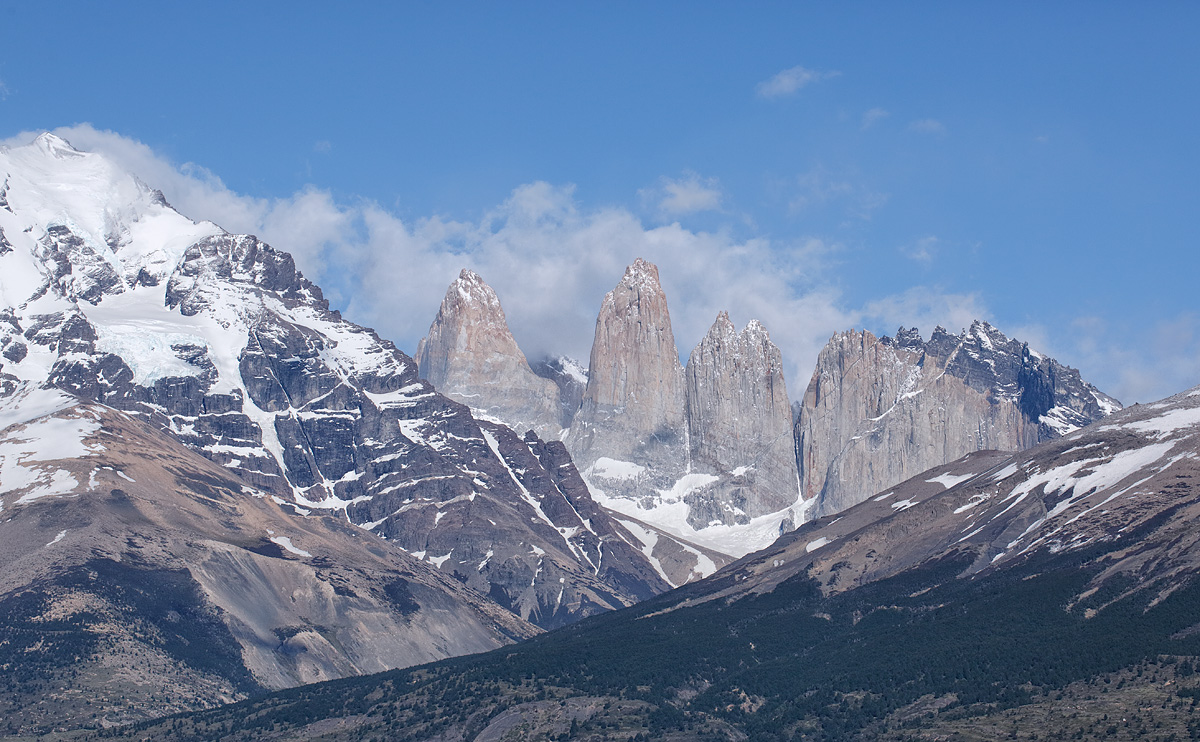
|
|
This image of the Paine massif with the towers and Condor Nest in the background was created with the hand held Canon EF 100mm f/2.8L IS macro lens and the Canon EOS 5D Mark III Digital camera body. ISO 400. Evaluative metering +1 stop: 1/3200 sec. at f/9 in Av mode. Central sensor/AI Servo Rear Focus AF on the edge of the large dark mountain on our left and re-compose. Click here to see the latest version of the Rear Focus Tutorial. Click on the image to enjoy a larger version. |
Why the 100 Macro for Landscapes?
I was so impressed with the sharpness of the 100 macro with my Swan Island dahlias (see “Learning About and Working with a New Lens” here) that when I found myself working at about 100mm with the 24-105 I went to the 100 macro as I felt it was much sharper than my favorite all-purpose B-roll lens. I was right.
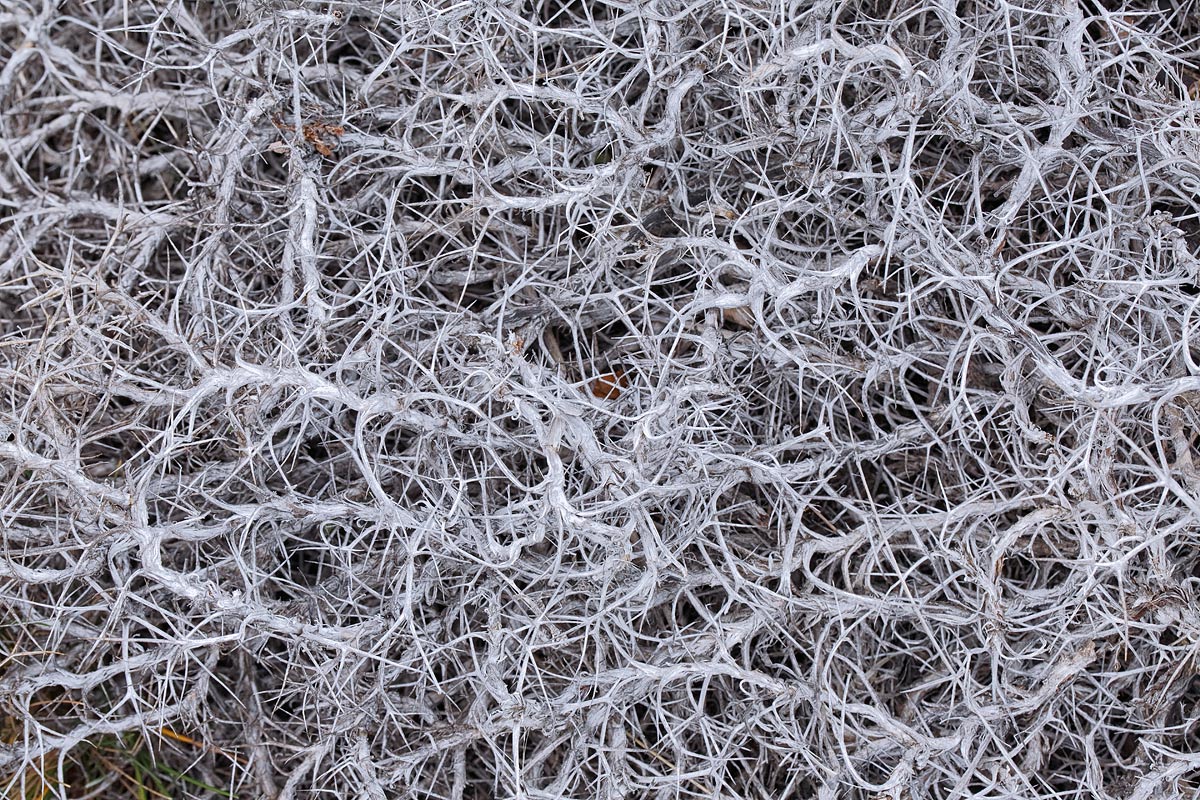
|
|
This dead plant skeleton image was also created in Torres del Paine National Park, Chile with the hand held Canon EF 100mm f/2.8L IS macro lens and the Canon EOS 5D Mark III Digital camera body. ISO 800. Evaluative metering +1 stop: 1/100 sec. at f/16 in Av mode. Central sensor/AI Servo Rear Focus AF on closest portion of the skeleton, lower right third, and re-compose. Click here to see the latest version of the Rear Focus Tutorial. Click on the image to enjoy a larger version. |
Close Focus Versatility
Two days after our wonderful session with the Torrent Duck Family (see “Torrential Miracle” here) we returned to the scene of our triumph. We found the ducks, but they were on the other side of the river. I took a short walk to see what I could find and was intrigued by intricate patterns in the dead plant skeletons. When I found one that presented itself relatively flat I grabbed the 100 macro and began making images. Making this image with the 70-200 would not have been possible with its much greater minimum focusing distance. I could not have gotten directly above the subject as was easy to do with the 100 macro.
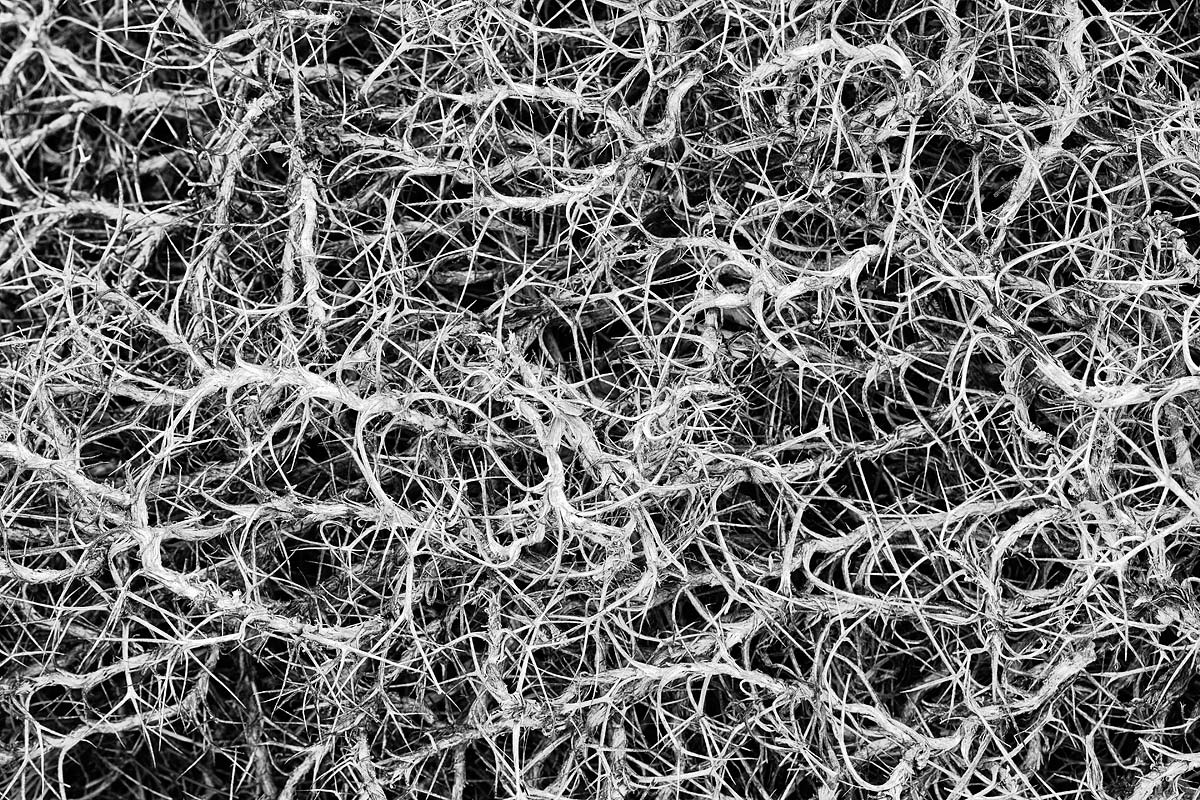
|
|
This black and white version of the image above was created in NIK Silver EFEX Pro. See below for details. |
The Black and White Version
The black and white version was created in SIlver EFEX Pro. I used the High Contrast Red filter.
Your Favorites?
Which of the four images above is your favorite? Which of the two dead plant skeletons do you like best? In each case, please let us know why.
Bosque IPTs/Late Registration Discounts Increased
It’s Getting Late!
Register now; apply a $1000 discount to the 7-DAY IPT!
For information on both the 7-Day and the recently announced short version of the 2013 Bosque IPTs please scroll down here. If you would like to join us for the first 3 or 4 days of this IPT please shoot me an e-mail. Please call Jim at 863-692-0906 or e-mail for late registration discount info.
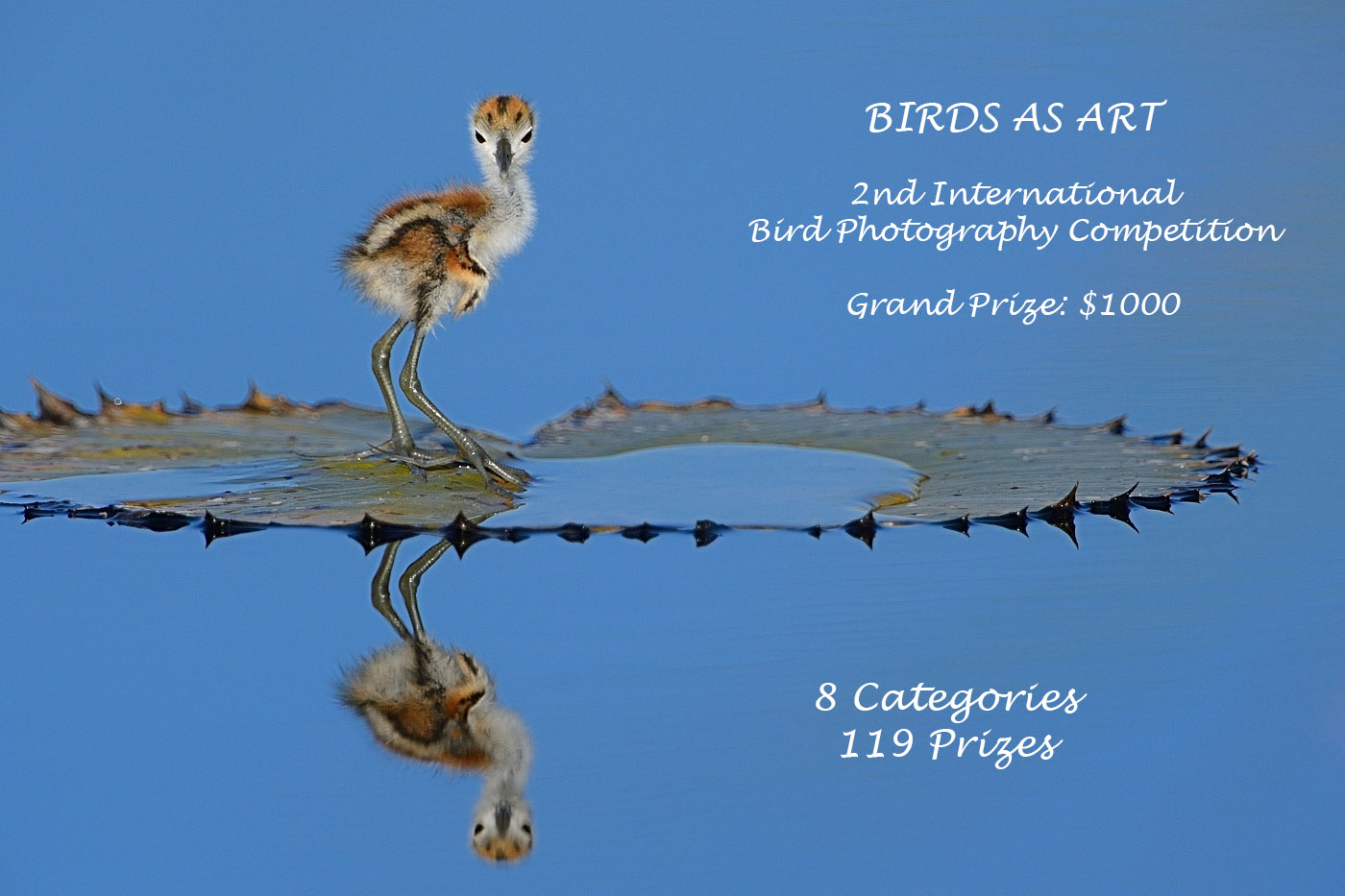
|
BIRDS AS ART 2nd International Bird Photography Competition
Learn more and enter the BIRDS AS ART 2nd International Bird Photography Competition here. Twenty-five great prizes including the $1000 Grand Prize and intense competition. Bring your best.
Support the BAA Blog. Support the BAA Bulletins: Shop B&H here!
We want and need to keep providing you with the latest free information, photography and Photoshop lessons, and all manner of related information. Show your appreciation by making your purchases immediately after clicking on any of our B&H or Amazon Affiliate links in this blog post. Remember, B&H ain’t just photography!




Amazon
Everyone buys something from Amazon, be it a big lens or deodorant. Support the blog by starting your search by starting your search by clicking on the logo-link below. No purchase is too small to be appreciated; they all add up. Why make it a habit? Because I make it a habit of bringing you new images and information on an almost daily basis.
Typos
In all blog posts and Bulletins feel free to e-mail or leave a comment regarding any typos, wrong words, misspellings, omissions, or grammatical errors. Just be right. 🙂
IPT Info
Many of our great trips are filling up. You will learn more about how to make great images on a BAA IPT than anywhere else on the planet. Click here for the schedule and additional info.














Hey Artie,
Love the image of the Yellow Lady Slipper.I have the Canon 100 mm macro as well and it is a wonderful lens for both macro and none macro work.Very sharp.Have a great trip to Bosque!Wish I could join you! Safe travels.
Serendipity led you to to the Yellow Lady-Slipper. Ain’t it grand what Mother Nature throws your way, especially when your eyes are wide open?
Isn’t this a member of the Calceolaria family rather than a Lady’s slipper orchid? I have only been in Patagonia in late December/early January when they have been past their best; it’s good to see what one looks like ‘fresh’. Beautiful photographs, as ever. I prefer the colour version of the dead plant – it shows that it is organic.
Hi Artie! I prefer the B&W version of the plant skeleton image. One small change that I would also try (to see what it would look like) would be to bring back the color in the one piece of plant material (dead leaf?) that is just above the center of the image for a small spot of color in the image. (Harkening back to the days of hand coloring B&W prints.) The image of the Paph is most excellent (Old habit, Paphiopedilum is thegenus of the Lady Slipper orchid, I worked at an orchid nursery years back.)
Travel safe, Artie. The lady slipper is my favorite, for its color and the composition. I think I prefer the color version of the skeleton. Although I spent decades making b&w photos, in the past 30 years I have learned to think in color rather than in b&w. That affects my own images, perhaps also my appreciation of others’? All wonderful images, and thanks for reminding me to bring my own macro lens with me more often.
There’s something very striking about the B&W plant skeleton. Without knowing what it was, it stands out as an abstract picture. The color version allows you to see some of the brown leaves/matter which take away from the image.
Happy travels.
The Yellow Lady-Slipper is my favorite. Probably because it is an overcast morning here on the Space Coast and the bright yellow cheers me. Just a simple reaction to it.
I have always loved B&W, probably dates back to the 60s and printing on glossy paper dried with a matte finish (wet print face down on the canvas belt feeding into the dryer). But this time the small touches of color in the first skeleton image lets me see that the plant is really that grey and it’s not due to it being a B&W image.
Sorry for there being such simple emotional reactions this morning. Hope the flight is smooth.